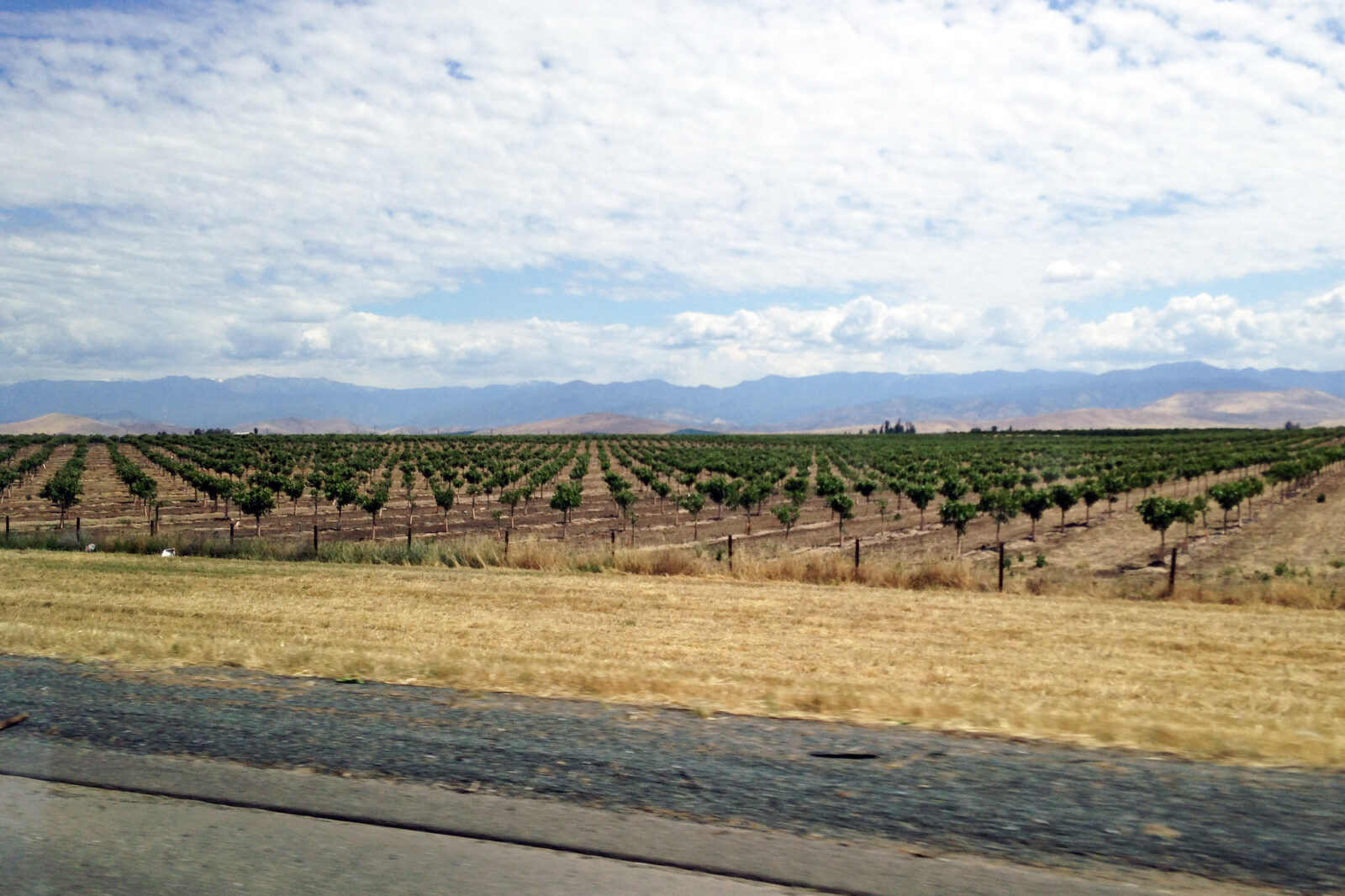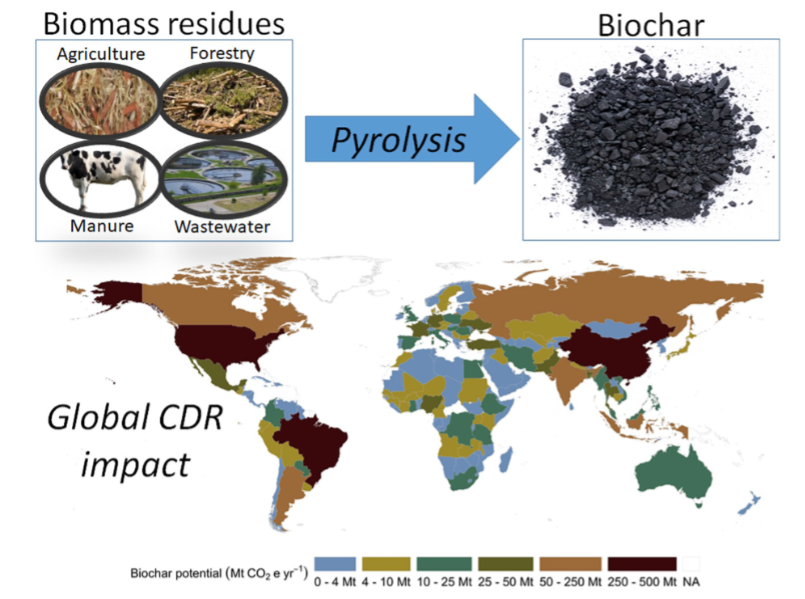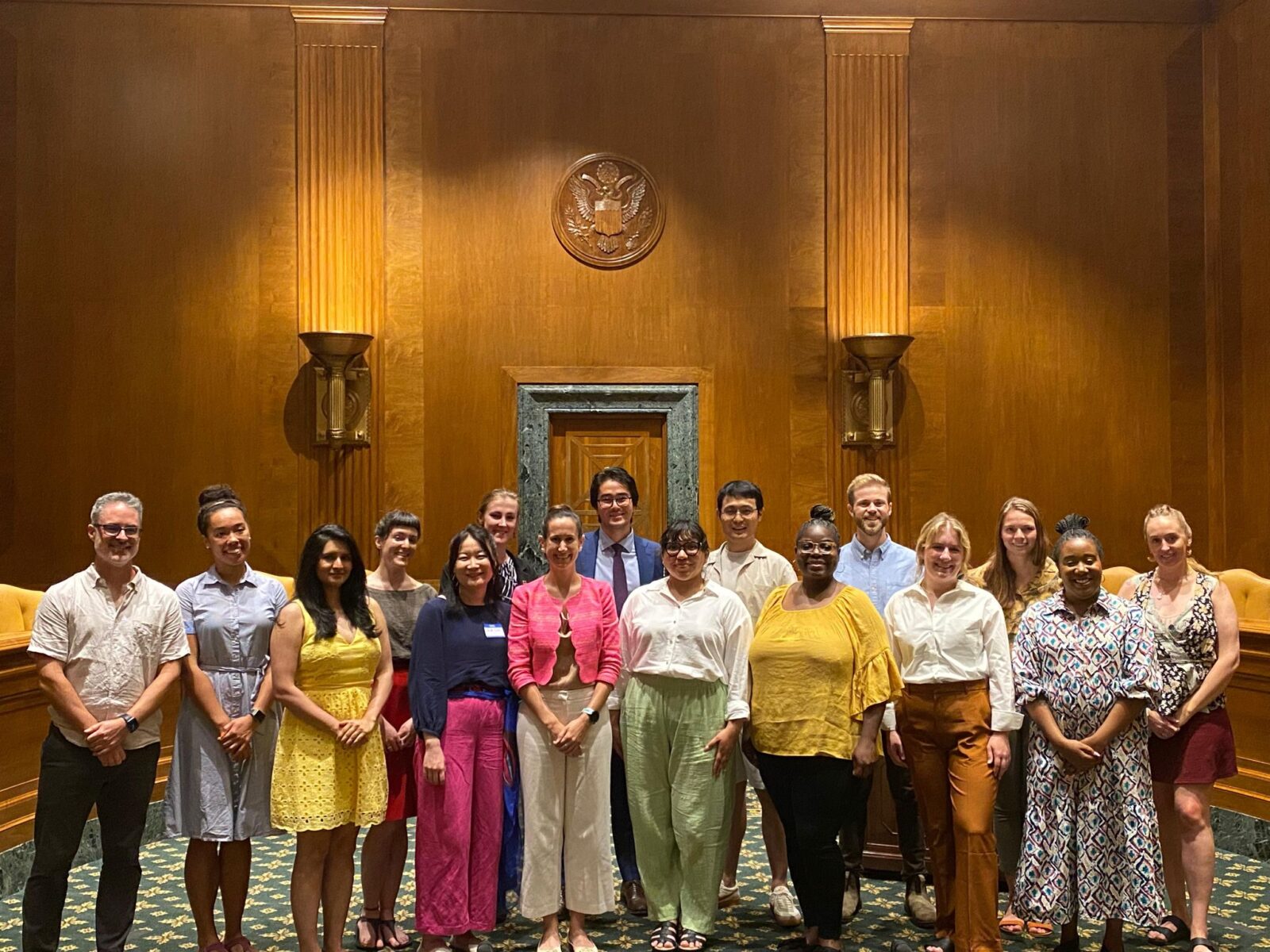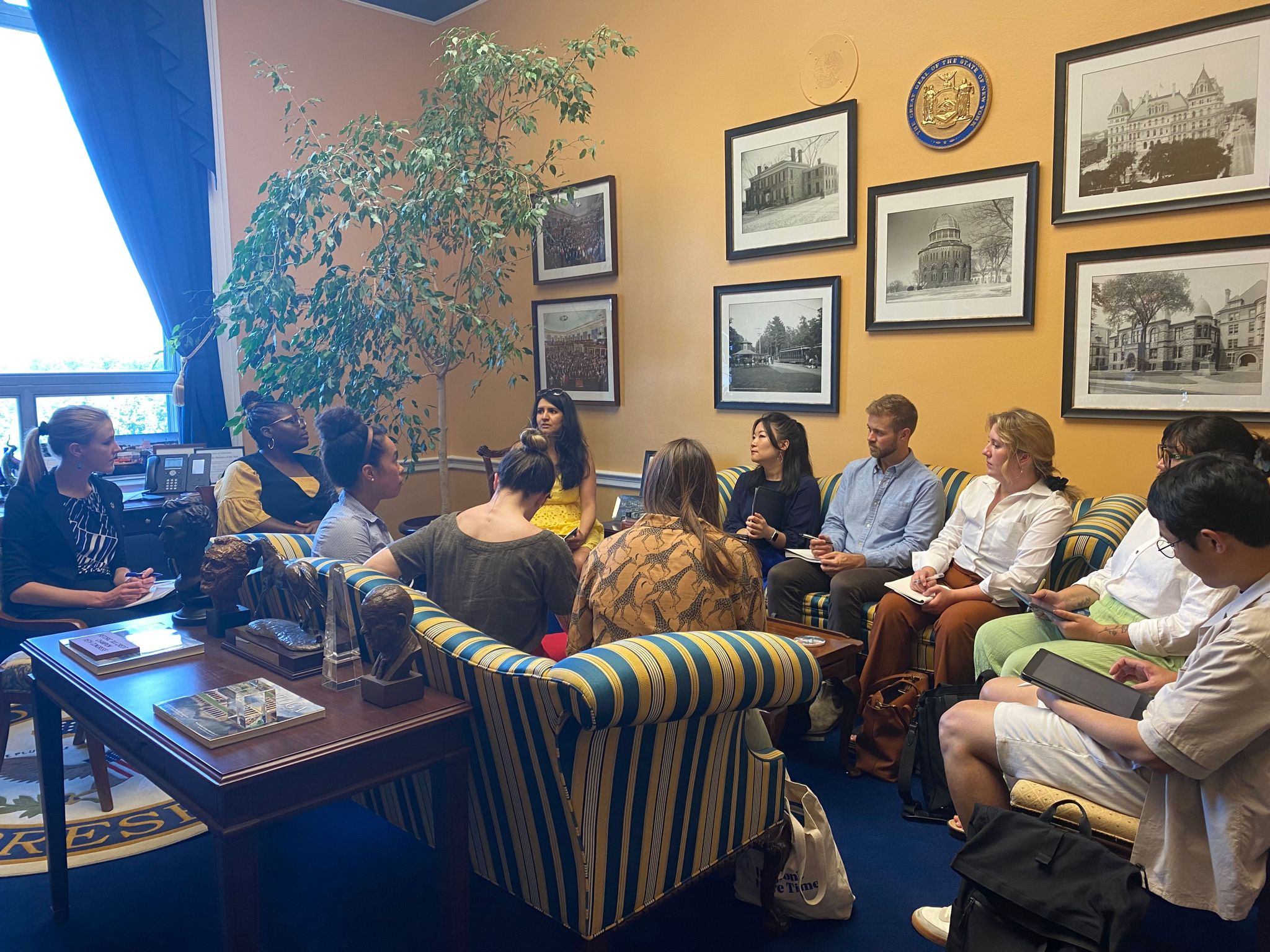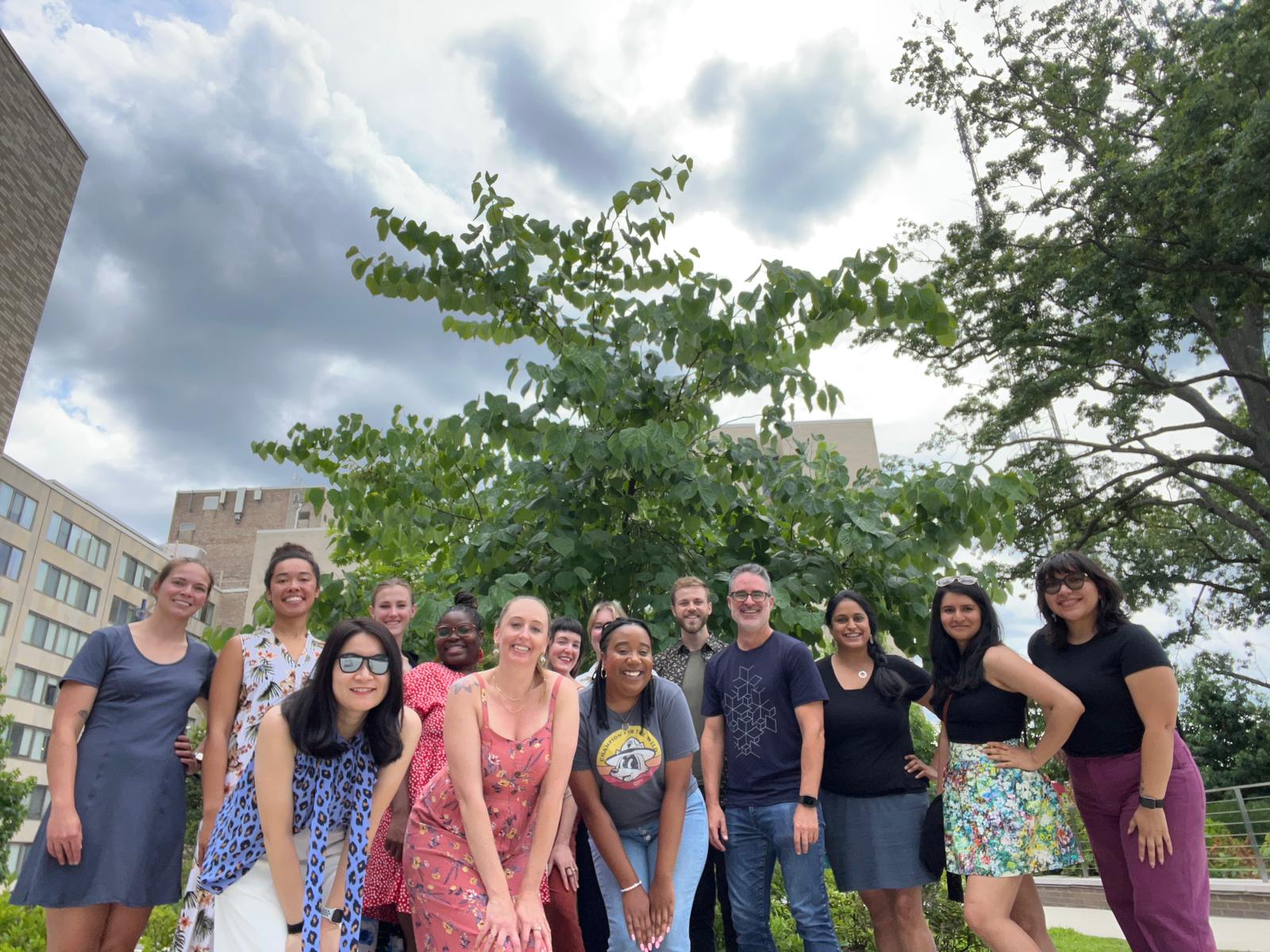
TL;DR: A gap exists between where we are and where we need to be in carbon removal by 2030, but with the right factors in play we can overcome it sooner than anyone thinks is possible today.
Hi there!
Summertime travels are wonderful – the result of oftentimes weeks of planning for where you’re going and how to get there. In the carbon removal industry, we’re moving forward to a destination where gigatons of excess greenhouse gases are removed from the atmosphere. “NetZero by 2050” is certainly an admirable target – we need to understand where the industry needs to get to by midcentury.
As much as future projections focus on 2050 goals, they can seem, well, a bit distant: nowhere near as much emphasis has been placed on what an interim 2030 goal might look like. And that’s an important goal because we can know now whether or not we are on track, and take actions if needed to meet an end-of-2030 target. A specific, measurable, achievable, relevant, and time-bound goal – 6 years away at the time of this writing – can inspire action today which can make that midcentury vision a reality.
That’s why I’m writing today about what might be 2030 interim CDR milestones for climate goals, a gap in where we might be, and a path forward to tackle that.
To do this I’m going to outline a target, then use publicly available data sources of leading novel CDR methods to extrapolate a portfolio of projections to 2030. As defined in the State of CDR 2nd Edition report, “Novel” CDR includes DAC, BECCS, Biochar, Enhanced Rock Weathering, and marine CDR methods.
Fair warning: this analysis includes many assumptions about future growth of various CDR sectors – and I very much welcome your scrutiny and constructive critical eyes. So please, comment away using the link at the end of this post!
What does a 2030 target look like?
To start off, let’s characterize the 2030 destination.
Fortunately, the aforementioned State of CDR report, 2nd Edition offers an excellent starting point. I’m presenting two scenarios outlined in Chapter 3 of that report: one where our climate settles on 1.5 degrees C without overshoot, and one with overshoot. The data for this comes from the data resources accompanying the report – again, publicly available, and free of charge!
The State of CDR team made multiple estimates, with a median of 260 Megatons of atmospheric CO2 to be removed in the year 2030 for the climate to be on track with the scenario of 1.5 degrees of warming without overshoot, and 70 Megatons with overshoot.

Others have speculated that the 1.5C number requires as low as 190 Megatons; additionally or as high as 285 megatons. For the purposes of our gap conversation, I’m comfortable to stay with 260 megatons for a 1.5 degrees Celsius result without overshoot.
Where will the 2030 Megatons come from?
The short answer: everywhere! All solutions are on the table; a portfolio of approaches – some of which are not delivering tonnage yet – are going to contribute to getting to the result. To forecast what a 2030 scenario might look like I’m going to use some existing estimates here from citable sources, and also create some projections of my own based on growth assumptions.
Contributions by DAC and BECCS in 2030
know that Microsoft and Frontier in particular have gone quite deep in funding new BECCS projects, particularly in Scandinavia. The State of CDR Report Chapter 3 has an excellent chart (below) based on companies’ announced plans to build and deploy BECCS and DAC capacity through 2030. BECCS in particular is indicated to have a capacity of ~20 MT in 2025, rising to ~60 MT by 2030; DAC in 2030 is also projected to be 60 MT, for a 120 MT total between these two methods.
Some caveats: this likely reflects the facilities’ nameplate capacity, so actual tonnage removed – might not perform as well.
Second, as with all company estimates, delayed and canceled project deployments may diminish future results.

Contributions by Biochar in 2030
Per CDR.FYI we know that Biochar is delivering the vast majority of CDR tonnage today and is selling well now, and is poised to grow in future years. By how much is an open question. For the 2030 estimate, I am going to assume linear growth of tons of biochar produced based on the 2023 Market estimates from the International Biochar Initiative/US Biochar Initiative 2023 Global Market report.

Growing from ~96,000 tons to ~352,000 tons represents a 3.6x increase in physical char produced over two years from 2021 to 2023. Assuming this trend of linear growth continues, then in the year 2030, 31 million tons of biochar worldwide would be produced. And since one ton of biochar contains ~2.8 tons of CO2 (source: 2023/24 European Biochar Market report), that figure represents approximately 87 million tons of CO2 stored in the year 2030.
Note that this figure is the tons of physical biochar produced rather than the quantity of registered carbon credits from them – regardless of whether a biochar producer is selling credits, the physical char stores embodied carbon and represents carbon removed from the atmosphere. Adapting a phrase, if a tree gets pyrolyzed in a forest, and nobody registers the credit, it still does reflect removed carbon (and yes will probably make a sound 😉).
Contributions by Enhanced Rock Weathering in 2030
For ERW, the data are a bit more scant, though the Boston Consulting Group offers insights from their 2023 report on carbon removal. With a forecast that 33 megatons will be removed by the entire CDR industry in 2030, 9% of which is ERW, BCG’s result is that ~3 Megatons of CDR will be achieved by enhanced weathering in that year.
That said, I offer that there could be some upside to this – weathering rates and CO2 uptake rates are still under research. And it is possible that deployments may outpace estimates as of now.

The estimated gap
The sum total of those four methods that we have credible 2030 estimates for is 204 megatons to be removed in that year, leaving a gap of 56 megatons to be fulfilled by other methods or by outpacing the projected trajectories of the methods mentioned above.

How to make up a gap?
- Bring additional methods to scale.
Marine CDR in 2030 could contribute to reducing the gap mentioned above, however it is challenging to estimate since most startups are not (yet!) reaching volume at the time of this writing. However, I agree that a suite of marine solutions could be enough to fill the gap (and more on that below) however, projecting into the future is a challenge.
Fundamental research now in mCDR would set the stage for significant deliveries to take place in the year 2030 – particularly for Ocean Alkalinity Enhancement, or macroalgae sinking. BCG suggests a 100Mt in 2050 figure across all ocean methods, rather than offer a 2030 estimate.
Biomass burial and storage is also just now starting to gain a foothold, with over 180,000 tons sold and over 3,000 tons delivered at the time of this writing per CDR.FYI. This solution is scaling rapidly. Assuming that 75% of the 180k tons sold to date are delivered in 2024, and this grows at the same rate as biochar 3.6x every two years (yes, a big IF), then burial solutions would contribute 3M in 2030.
2. Keep pushing to outpace the estimate of the four methods that I included above (BECCS, DAC, Biochar, and ERW). Growing any field of carbon removal is not inevitable, but rather the result of people researching, deploying, and learning how to efficiently advance the practice of removing excess atmospheric greenhouse gas. The ability to advance faster than forecasts is not fanciful – but happening for key climate technologies already.

It is my belief that carbon removal can model the systemic adaptations present in these industries – innovations in financing, policy advancements, improved social license to operate through awareness and endorsement – leading to deployment and expansion beyond linear estimates.
In other words, we can close the carbon removal gap – and despite the many challenges that carbon removal faces, that can happen sooner than anyone thinks today.
-Jason Grillo is a Co-Founder of AirMiners. Opinions expressed here are the author’s own and do not represent the position of any employer.



